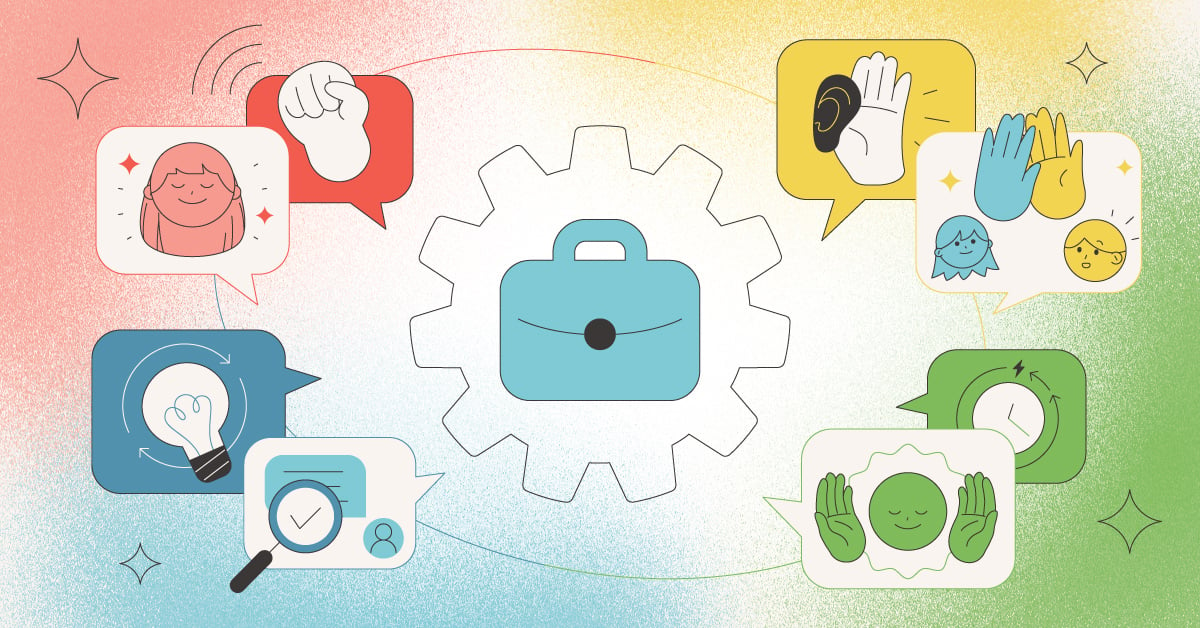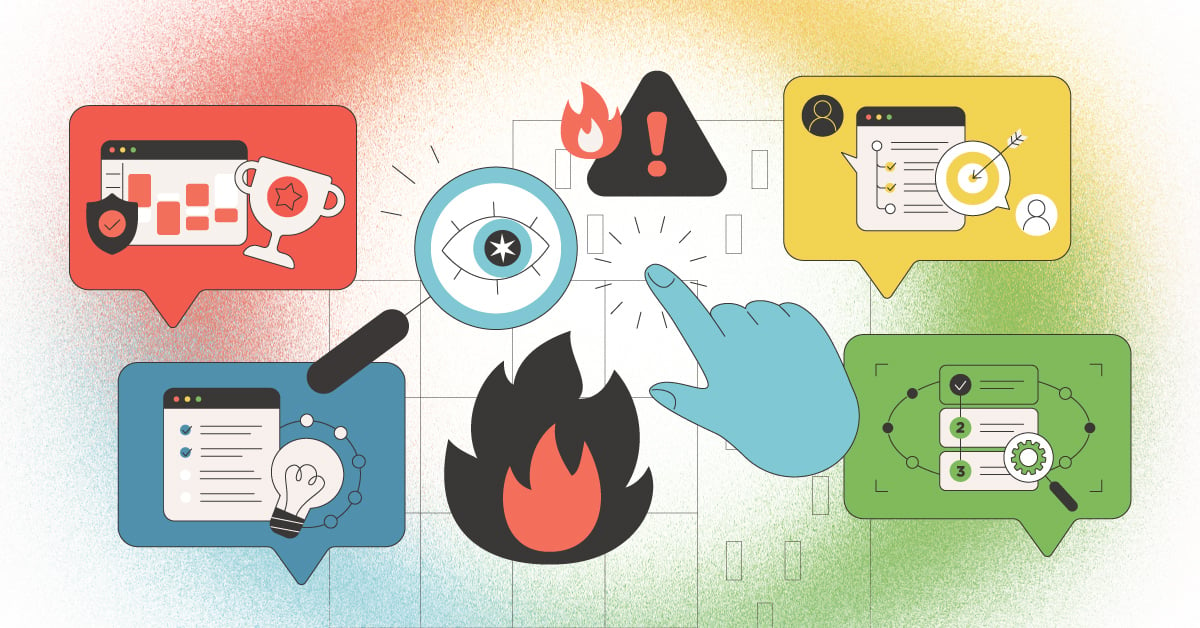
DISC Allows Us to Better Appreciate Cultural Differences
Communication amongst individuals of different cultural backgrounds is successful when they learn to form cultural bridges and understand opposing sets of values.
But over the course of more than 35 years in business domestically and across six continents, I’ve found TTI SI's behaviors (DISC) assessment can help business owners and leaders better understand cultural differences.
DISC has taught us all people are unique based on a combination of innate abilities and their surroundings.
That shouldn’t come as a surprise, really: You get enough people together in a room and, sooner or later, they’ll discover they have more in common than they ever believed possible.
It then becomes straightforward and effortless to find common ground amongst workplace team members in their approach, for example, to negotiation, based on a shared behavioral connection.
I’ve worked with an international client for 25 years using TTI SI's DISC training, all in an effort to develop better workplace teams.
During a visit to Ireland earlier this year, I worked with the international company’s senior-level team, which includes two Americans, two Brits and three individuals of Irish, Pakistani and Polish descent.
In separate training programs, I met with employees from China, Puerto Rico, Brazil, Pakistan, Turkey and Europe. This same company is also using DISC to identify high potentials in the workplace and for new manager development training.
We’ve known for years people’s proficiency in their native tongue is key in understanding new and foreign concepts. So, the fact that DISC is available in each of my clients’ native languages is critical for comprehension and overall buy-in.
It’s understood DISC should not be used in isolation for selection or for training and development, nor should the results be analyzed in a vacuum.
But for those able to view report results through a critical lens, sooner or later, the light bulb comes on, enabling them and others to better understand the “what” and “why” behind their co-workers’ actions and decisions.
The secret ingredient to understanding cultural and workplace differences is the universality and easy-to-understand language of DISC, allowing individuals to communicate and work together more effectively.
It’s only when we become “culturally literate” that we can then form cultural bridges at work, at home and in our community. We can then use the positive differences we discover to provide more context and results in the workplace.



![Don’t Let Your Behavioral Style Haunt You [Infographic]](https://blog.ttisi.com/hubfs/Halloween-Infographic_DontLetYourBehavioralStyleHauntYou_Email_Header.png)
